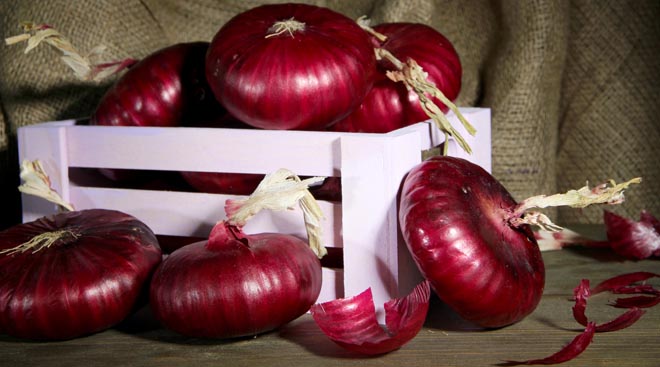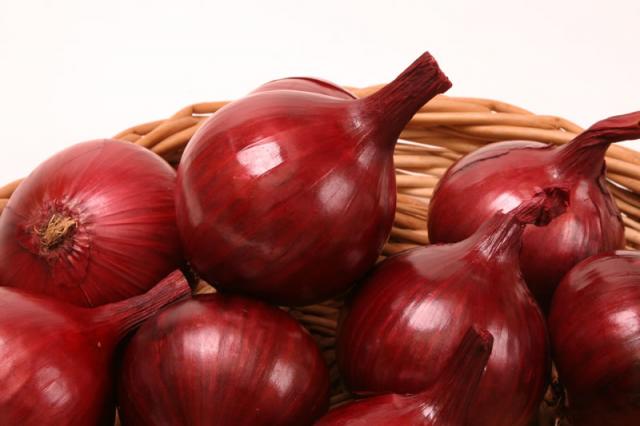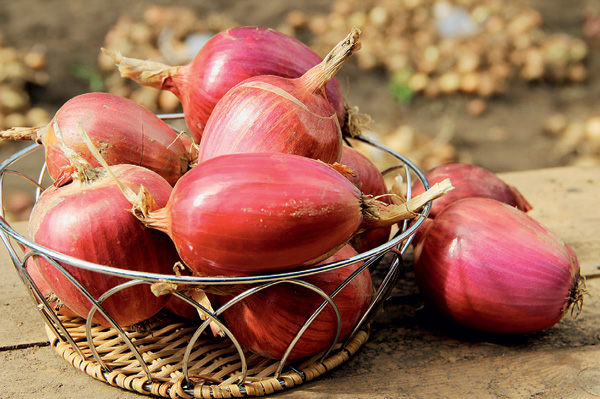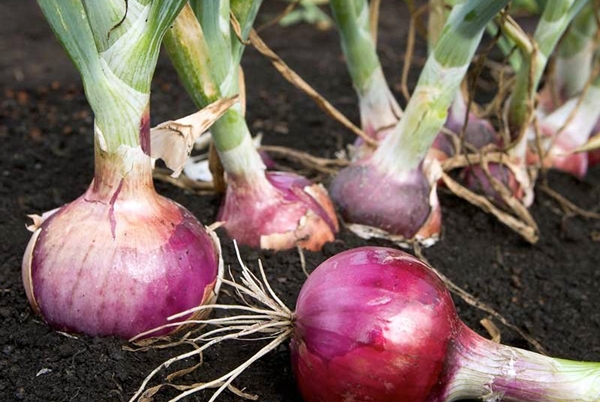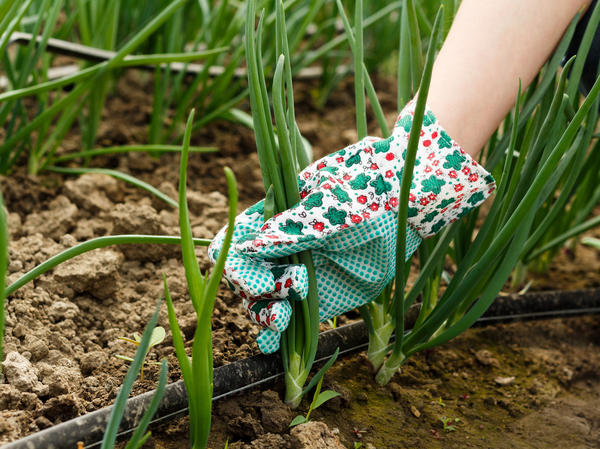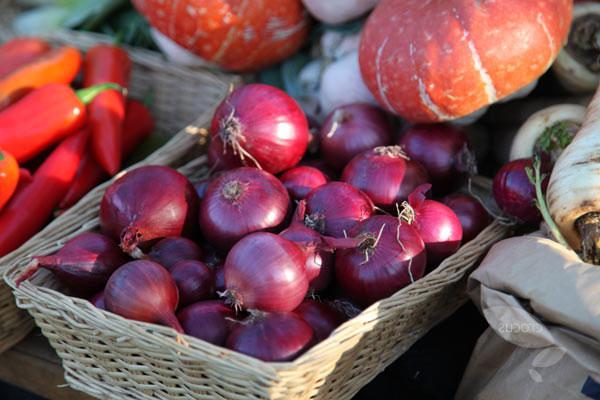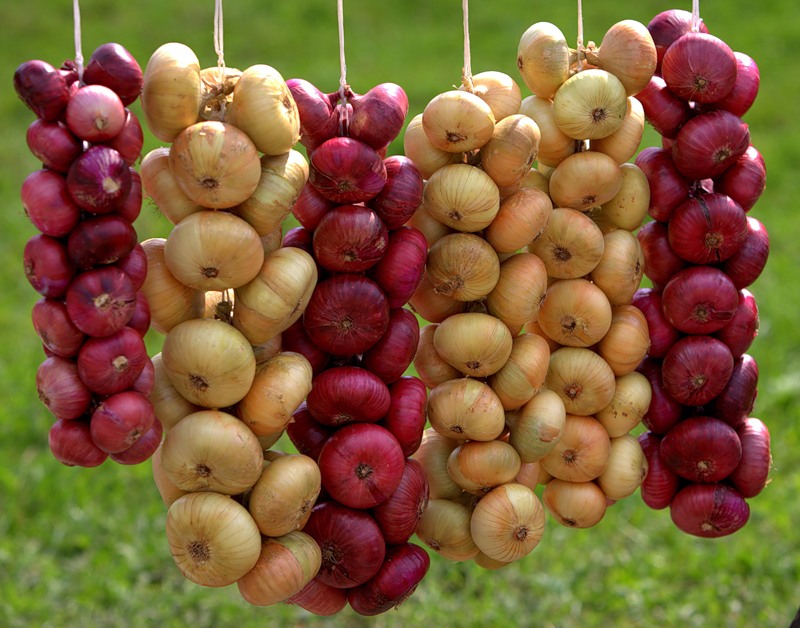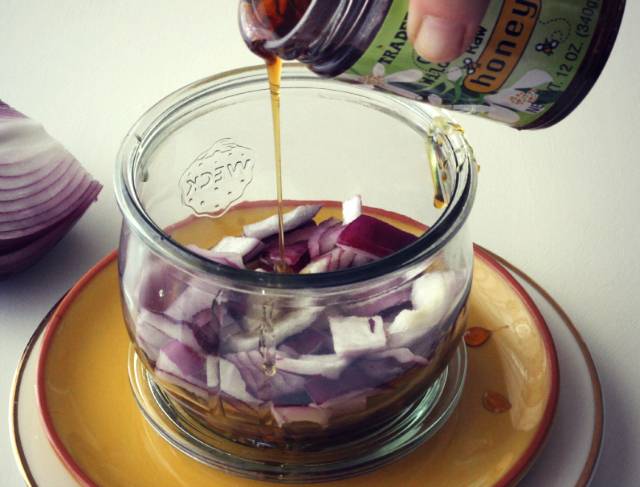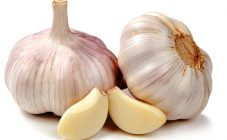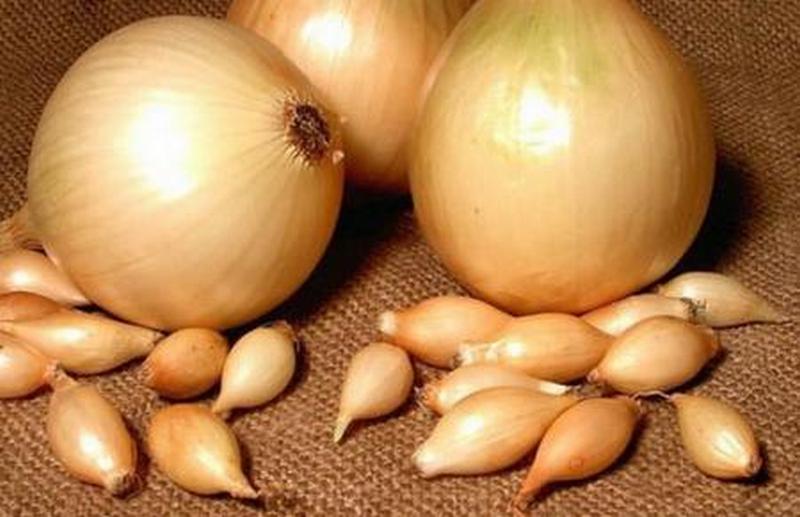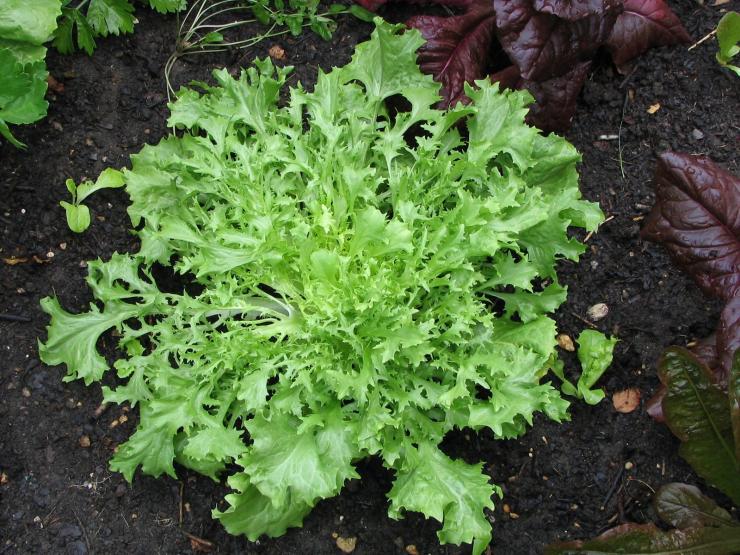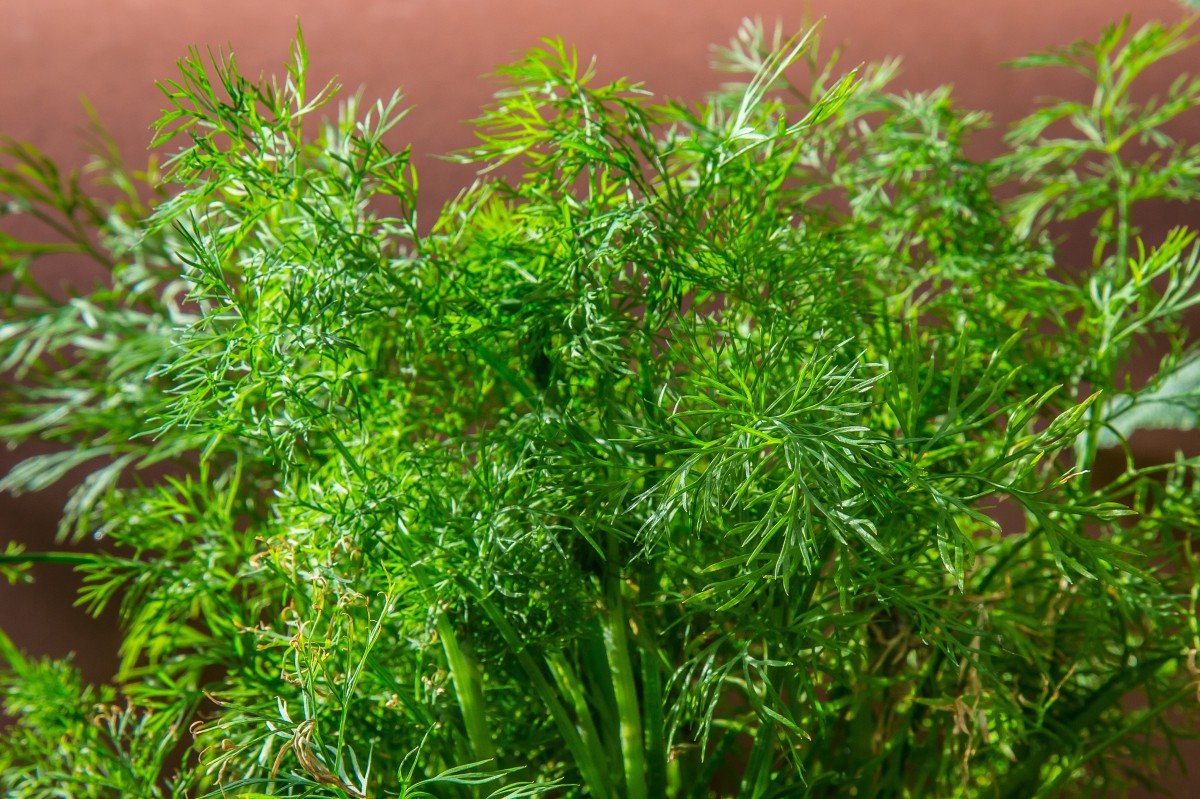Content:
There is not a single dish to which onions are not added. It has been used since ancient times. Nowadays, many housewives grow several varieties at once in order to use in cooking, according to their taste characteristics. Some dishes require a spicier onion, others softer and sweeter. In nature, there are many types of this culture, among them, in most cases, salad is chosen. This is the same onion, only with a sweet aftertaste. Its husk, like the pulp, can be of different colors:
- white;
- brown;
- green;
- blue.
The article will focus specifically on the blue form of a bow.
What is blue bow
For those who do not know what the purple bow is called, this article has been written. Each gardener calls the blue onion differently. Some say so - blue, others call it red onion or purple. All these names come precisely from the color of the bulb itself. Whatever it is called, its properties and characteristics do not change. This vegetable came to Russia from distant Spain and after long and fruitful efforts of breeders has firmly established itself in these parts.
At first, it was bitter, like an ordinary onion, but thanks to the work of professionals, the bitterness was partially gone, and the vegetable became beautiful in appearance and with a sweet taste. The bulb of this species has a rich purple color. Not only the surface, but also the pulp acquired the same shade. Naturally, all the bitterness did not come out of the product, it had a delicate, more pleasant aftertaste. Purple onion contains a large amount of useful trace elements, which is why it is widely used not only in cooking, but also in folk medicine.
Characteristics and features of blue bow
You should know that several varieties of this vegetable are called blue onions at once. Many people want to know which onion is the sweetest.
The following varieties are suitable for the definition of blue onions.
Red Baron
This variety is very productive. From one square meter, you can get from one and a half to two kilograms of vegetables. The surface of the fruit is burgundy with a blue tint. The pulp tastes slightly bitter, has a sweetness. The size of the bulb is medium. It is planted in the ground either with sowing or seeds. The growing season of a plant lasts up to one hundred days from the moment of planting. This onion is used for making fresh salads or added to sauces and soups.
Black Prince
This onion bears great fruit. Under good growing conditions, more than fifty tons of juicy fruits can be harvested from one hectare. This variety is great for storage and transportation. Does not rot during storage. You can plant in the soil with seedlings or directly by seeds. Its surface has a dark color, which can be called black. It tastes bittersweet, therefore it is suitable both for fresh consumption and for heat treatment.
Danilovsky 301
This variety is mid-season and bears excellent fruit. The scales of the vegetable have a deep purple color. One onion weighs at least one hundred and fifty grams. Subject to all the rules for storing vegetables, it does not rot at all. This variety has become a favorite in the gardens of the Moscow region.
Commissioner
This bow can practically be called a giant, since at least three, or even three and a half kilograms of fruit can be harvested from one square meter. The bulbs are purple in color and have a sweet taste. They do not rot during storage and can be stored for at least six months.
Alvina
This type of onion is planted by seedlings or sown with seeds. From one square meter it can give more than two and a half kilograms of ripe juicy bulbs. This variety is the most mature, it has the peculiarity of being stored for more than six months, for which most gardeners prefer to grow it.
All these varieties differ among themselves in shades, as well as in taste and useful properties. Lilac onions are very beneficial for the health of the human body.
White onion also belongs to the salad type, one of the varieties of which should be noted the Exibishen variety. This is a real giant. Exibish onion grows up to one kilogram. This is the weight of one bulb.
Blue onions are not only well preserved, they are not afraid of pests when grown, and they practically do not get sick. Like all vegetables, this species has its own ripening dates: early, mid-season and late. But, nevertheless, all of them can be grown in Siberia.
Features of growing the species
Spring is the time to grow vegetables, one of which is onions. Salad onion differs from the classic onion and the way it is grown. Rarely a variety can be grown from a set. In most cases, this is seed propagation. Most lettuce onions last less than four months. In addition, it is divided into three types according to its taste. Namely:
- acute;
- peninsular;
- sweet.
But it should be borne in mind that the taste of this vegetable depends on the place of cultivation and care of the plant. Salad onions can be distinguished from spicy ones by the consistency of their pulp. It is more juicy and dense. Most often, these varieties grow well in the southern regions, since they need a lot of heat and light. As you know, in the south, daylight hours lasts at least fourteen hours.
It is also recommended to grow salad onions from seeds because in this case it becomes more resistant against the attack of pests and diseases. Sevk is threatened by such diseases as:
- downy mildew;
- white rot;
- various viruses;
- nematode.
But, if you plant onions with sets, this has its positive qualities. The sevok sprouts much earlier than the seeds, respectively, the bulbs begin to form and grow earlier. Weeds growing nearby cause much less discomfort to the planting (but this does not mean that weeds should not be removed from the garden). Planting onions with sets is much easier than seed sowing.
When onions need to be planted in a small area, it is possible to grow seedlings. It is grown on a windowsill or in greenhouse conditions. It is best to start doing this two months before planting the crop in open ground. In the container where they intend to sow seeds, it is necessary to make drainage. For this, a hole is made in the bottom, into which excess water will flow. Small pebbles or expanded clay, pretreated for disinfection and warmed up, are poured under the soil layer. For a plant, take a mixture of peat with garden soil. It is leveled and seeds are placed on the surface. Then a thin ball of soil is poured, which does not exceed half a centimeter.
Then the dishes with the sown seeds must be covered with foil and placed on the windowsill. Periodically, the soil needs to be watered and fertilized. After the emergence of shoots, an impromptu greenhouse must be opened and the air temperature must be slightly reduced.When the seedlings are one month old, roots will begin to appear. At this time, the soil must be watered abundantly and fertilized every seven days. Thus, young seedlings will grow and develop normally.
When the seedlings become strong and take root well, they are hardened in the fresh air, and then planted in open ground. Thus, growing onions by seedlings is similar to planting with sets. The bulbs grow large and healthy. They become resistant to diseases and pests.
Storing blue onions
Winter is the time when the human body needs vitamins and minerals. An onion stock will help with this. Sweet varieties of onions for long-term storage require the creation of certain conditions. Long-term storage depends on three factors, namely:
- dry dark room;
- room air temperature;
- humidity below sixty percent.
Sweet onions should be stored in a box, but without removing the husk, or, as in the old days, collected in a stocking. The air temperature in the room should not be lower than -3 and not higher than +10 degrees. Salad varieties tolerate a minimum drop in temperature to 0 degrees. If the vegetable is stored in a basement, then it must be ventilated, since an increase in humidity up to 80% promotes rotting. If there is a lot of onions, then the following container is suitable for storing it:
- wooden boxes;
- cardboard boxes;
- vine baskets;
- bags;
- mesh.
In no case should you use plastic bags, since the onions in them begin to steam and rot. As a storage place, in addition to the basement, you can choose a pantry or mezzanine. Air access is important for this culture. If you correctly follow all the recommendations for storing this vegetable, then it will always be present on the table.
When buying onions on the market, you need to pay attention to the following factors:
- On feeling, the head must be firm and strong;
- The pulp is juicy and fleshy;
- The top of the turnip is dry.
All this testifies to the quality of the purchased product.
Advantages and disadvantages
Blue onions have many benefits, among which I would like to highlight the following:
- high productivity;
- large heads;
- excellent taste;
- versatility in application;
- keeping quality;
- disease resistance.
It should be noted also the useful qualities of the vegetable for the human body. First of all, you need to pay attention to the chemical composition of the vegetable, which is significantly different from other types. The largest accumulation of nutrients is in the upper layers of the onion. Therefore, when cleaning, you need to be careful not to remove the top balls, otherwise you can destroy a large amount of minerals and vitamins.
When eating blue onions, a person receives the required amount of antioxidants, thanks to which the body rejuvenates, tissue cells are restored, and stop prematurely dying off. This vegetable is a good remedy for the prevention of cancer. Also, lilac onions resist inflammatory processes in the body and strengthen the immune system.
Blue onions are used to treat kidney diseases. In order to cleanse the bile ducts, you need to use a prepared onion mixture with sugar. Below is a description of the recipe.
You need to take half a kilo of purple onions and a glass of powdered sugar. The onion is chopped, put in a bowl with powder. Mix thoroughly and put in the oven. As soon as the mixture turns golden, it is taken out and chilled. Take twenty milligrams three times a day thirty minutes before meals.
The disadvantages of blue onions include only an inconvenient planting method and exacting care.In addition to this, nothing negative can be said about this vegetable, but it can harm people who have ulcerative diseases.
To plant onion sets, choose the best varieties for the Moscow region, among which it should be noted:
- Crimson ball;
- Campillo F1;
- Retro;
- Red Baron.
The blue type of onion has become popular among the population of Russia, first of all, for its beneficial qualities for the body. In addition, many appreciated it for keeping quality during storage and excellent presentation.
